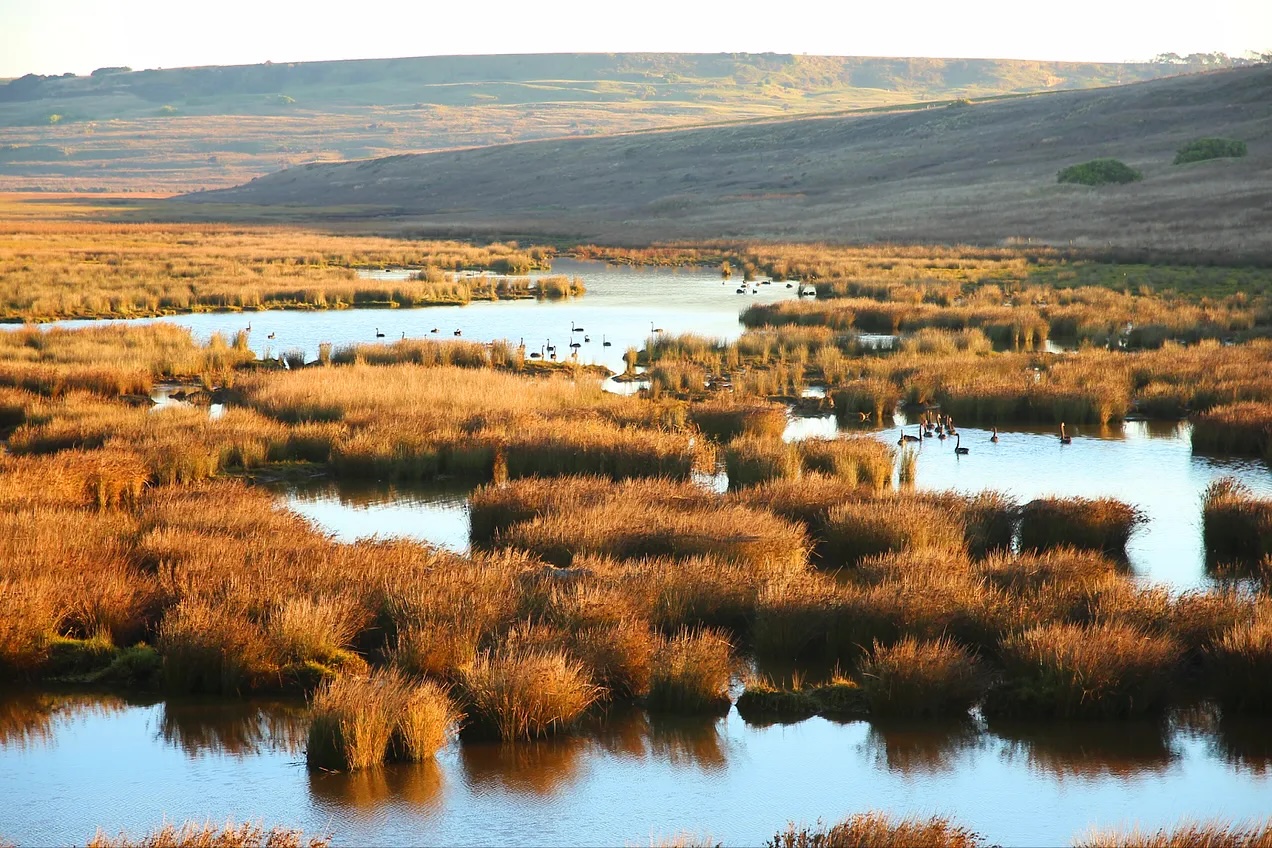What does a trail of ants winding through leaf litter tell us about forest restoration? And what does a chorus of frogs at dusk reveal about the health of the wetlands they call home?
When you’re feeling unwell, there’s often no single test to determine the cause, so a doctor might check your temperature, listen to your lungs or order a blood test. The results of these tests are indicators of your overall health, guiding doctors to potential conclusions.
Nature has indicators too — aptly named indicator species. From worms and butterflies to otters and owls, indicator species come in all shapes, colours and sizes, but what they have in common is their sensitivity. Indicator species are highly sensitive to changes in their environment — so much so that their presence, absence or behaviour can reveal the health of an entire ecosystem.
For example, some lichens can indicate air quality, certain frogs can signal water quality, some birds can reflect habitat quality and corals can be indicative of ocean temperature and acidification.

Long before science formalised the concept of indicator species, humans looked to other species to signal change, mark seasons or guide where and when to hunt and gather. In a world shaped by satellites and sensors, you might think this concept has lost its relevance. But it still holds meaning — perhaps even more than we realise.
Measuring and monitoring biodiversity is now critical — not just for ecological insight but for unlocking funding for regenerative projects, ensuring the integrity of emerging markets, and putting biodiversity on balance sheets. As contemporary science grapples with how to measure the complex miracle that is biodiversity, indicator species have the potential to bridge the gap between ambition and action. In some places, they already are.
Finding a tree to protect a forest
The forests that blanket Japan’s Okinawa Island have been shaped by centuries of logging. In the island’s Yambaru region, most forested areas have been clear-cut at least once in the last hundred years — but pockets of undisturbed forest still remain.
These remnant old-growth patches, though scattered and fragmented, hold high ecological value: they cycle nutrients, regulate the microclimate and provide critical habitat — often in the form of tree hollows — for endangered, endemic species.
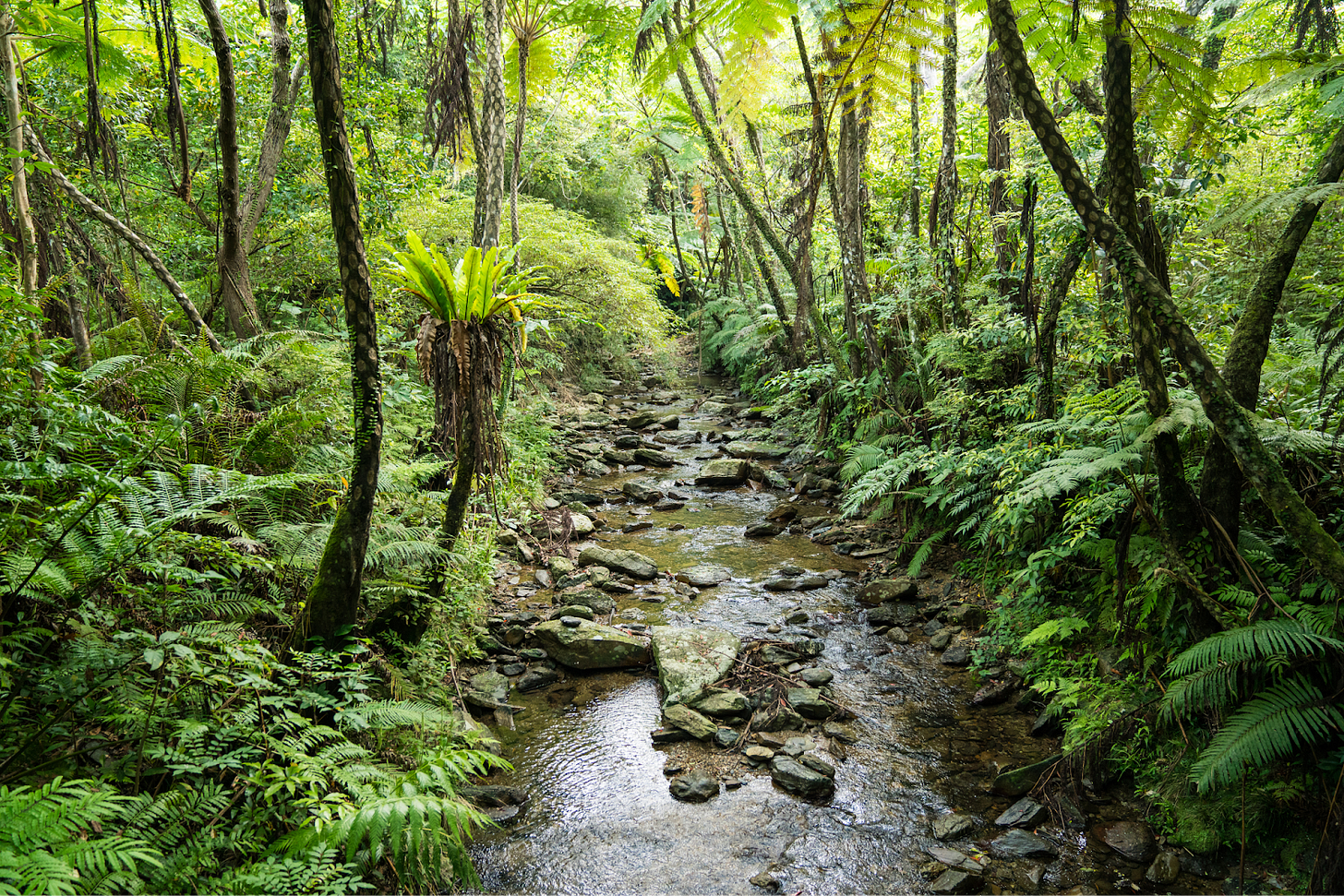
Finding and protecting these patches of forest is essential — but not always straightforward. After decades of disturbance, regrowth and shifting land uses, it’s not always easy for humans to tell which forests have remained ecologically intact — or have recovered enough to qualify as old-growth.
In an effort to make this task easier, researchers set out between 2015 and 2018 to test whether an indicator species could help identify old-growth areas in need of protection. They assessed several woody species that showed a strong link to forest age, before selecting the Isu tree (Distylium racemosum).
The reasons for their choice were threefold. First, the Isu tree grows slowly, so its presence signals long-term ecological stability. Second, larger Isu trees play a keystone role, providing habitat for threatened wildlife like the hollow-nesting scarab beetle (Cheirotonus jambar) and the long-furred rat (Diplothrix legata). And third, its distinctive bark — flaky and brown with dull green patches — makes it easy to spot, facilitating field searches for old-growth forests requiring protection.
In a world where many high-value ecosystems are at risk of deforestation, this case study is a reminder that efficient conservation can start with knowing what to look for, and where to look first.
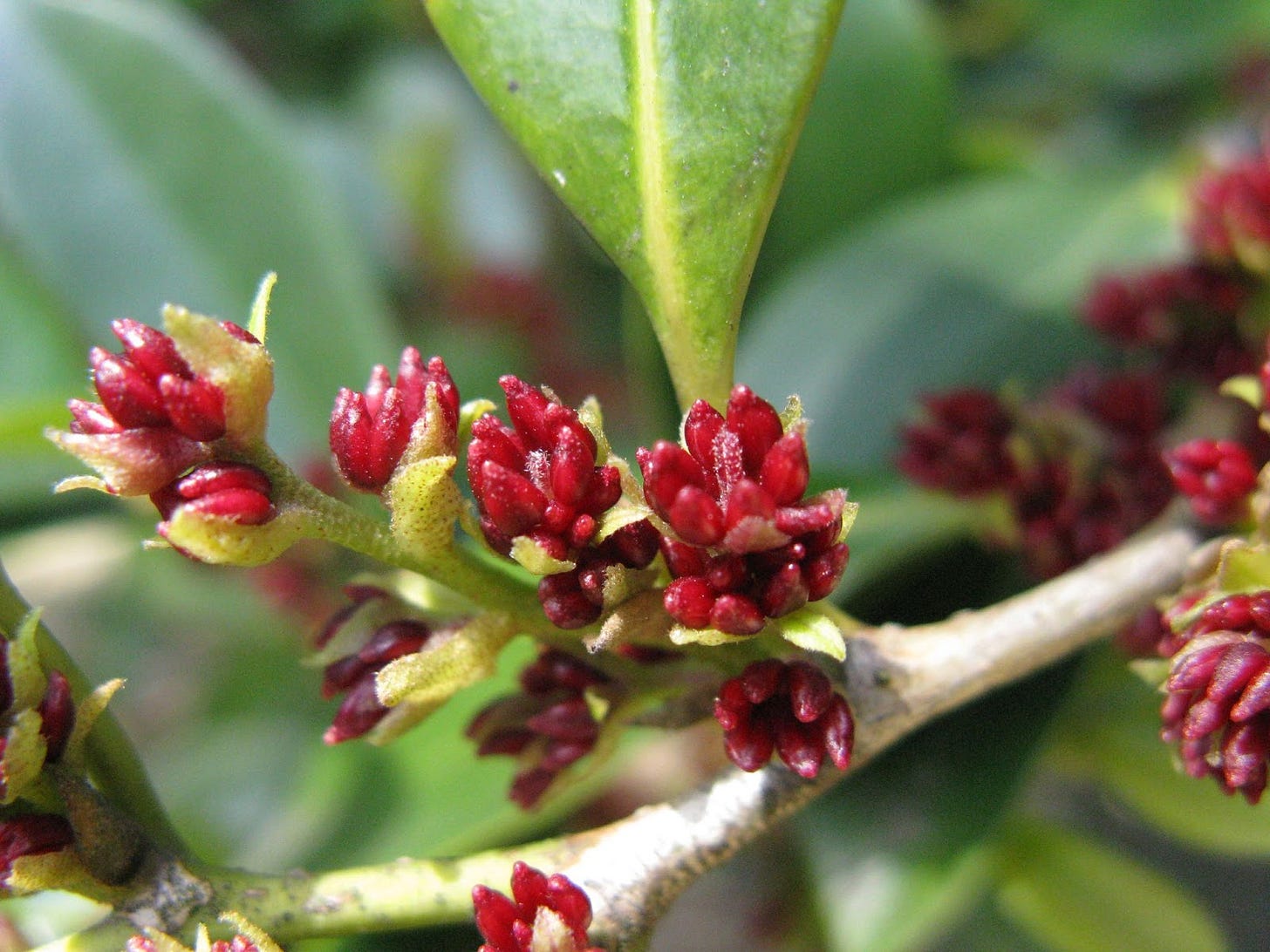
What ants reveal about recovery
In Australia’s Atherton Tablelands, small pockets of intact rainforest sit scattered among vast areas of cleared pasture. Across the region, restoration projects are underway to return some of this land to native forest — planting trees and shrubs that mimic nearby, undisturbed habitats.
But monitoring how these projects are tracking isn’t as simple as counting plants. Forests are far more than their flora — they are living systems defined by animals, fungi, bacteria, and the interactions between all of them.
That’s why scientists studying forest recovery in the Tablelands didn’t just look at the vegetation. They looked at ants.
Ants are one of the most widely used indicator species in the world — especially in Australia, which is home to thousands of species. Ants are abundant, relatively easy to sample and their responses to environmental change are well understood. This can make them powerful signals of how well a landscape is recovering.
In this study, researchers identified 10 key ant species that served as indicators — six that were found almost exclusively in grassy, disturbed areas, and four that were strongly associated with mature rainforest. Using these species, they created an Ant Forest Indicator Index, which enabled them to assess how advanced a restoration site was based on the presence or absence of those key species.
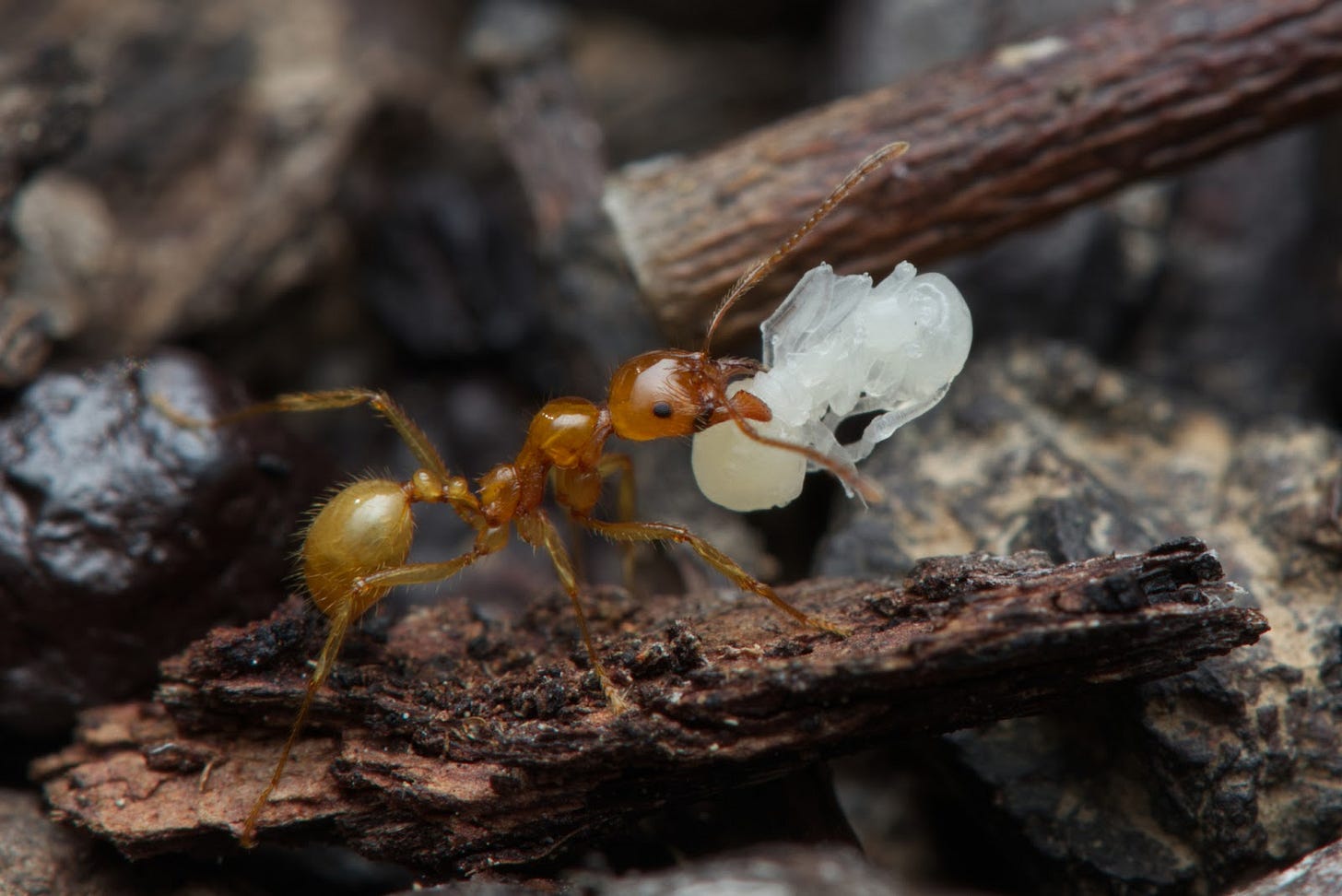
For example, ants in the Dolichoderinae subfamily love heat and sunlight. They were common in open pasture, but quickly disappeared as tree canopy returned and shaded the forest floor. When these ants turned up in samples, it suggested the restoration was still in its early stages.
On the other hand, ants that prey on other insects and those that prefer the cool, stable conditions of intact rainforest are far more sensitive to disturbance. These species only began to appear once the forest had developed a cooler, more stable microclimate. Their presence signalled that a restoration site was starting to support the ecological conditions found in mature rainforest.
The researchers found that restoration sites older than five to ten years, with a well-developed closed canopy, were beginning to host ant communities that resembled those in mature rainforest. It was a hopeful sign that recovery was underway — and a reminder that restoring the structure and microclimate of a forest, especially shade, is key to bringing the whole system back to health.
Scaling with technology
From forests in northern Australia to old-growth pockets in Okinawa, indicator species are helping scientists measure biodiversity on the ground. But even these shortcuts are still labour-intensive — requiring fieldwork, expertise and time. This is where technology changes the game.
Today, tools like camera traps, acoustic monitors and environmental DNA make it possible to detect species with unprecedented scale, precision and efficiency. These technologies allow us to track animal movements in remote areas, identify species from fragments of sound or trace DNA in soil or water samples. In places where human presence is difficult or disruptive, these tools give us eyes and ears in the landscape — continuously, invisibly, and often in real time.
And if we know which indicator species to look for in advance, these tools can turn scattered insights into system-wide understanding. They make biodiversity measurable — and that makes it investible, accountable and visible to decision-makers.
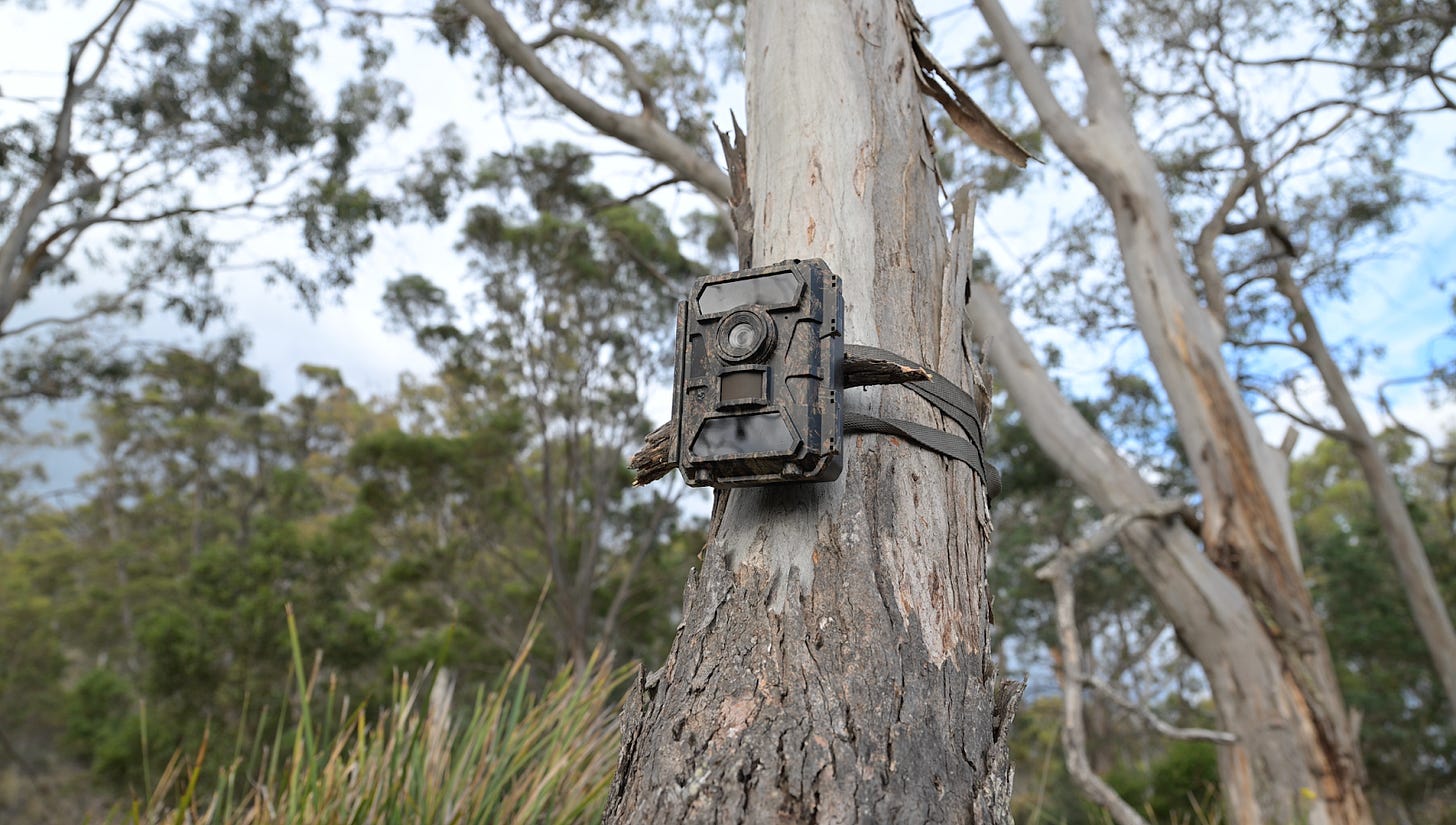
Choosing the wrong indicator species
Indicator species can be powerful tools — but they are not foolproof. The Australian billabong mussel (Velesunio ambiguus) offers a cautionary tale in using an indicator species before fully understanding its link with the surrounding ecosystem.
Mussels are filter feeders that absorb pollutants from their environment. In the early-1980s, the billabong mussel was considered a useful indicator species for water quality in the Murray Darling river system. Scientists would check the levels of heavy metals such as zinc in the mussel's tissues as a measure of pollution. But further research revealed the molluscs accumulate heavy metals over time, meaning concentrations were actually far higher in the mussel’s tissues compared to those in the water around them. Rather than reflecting current conditions, the mussels gave a distorted picture — and direct water sampling proved to be far more accurate.
This is a reminder that while indicator species can simplify complex monitoring tasks, there are no shortcuts in choosing the right one.
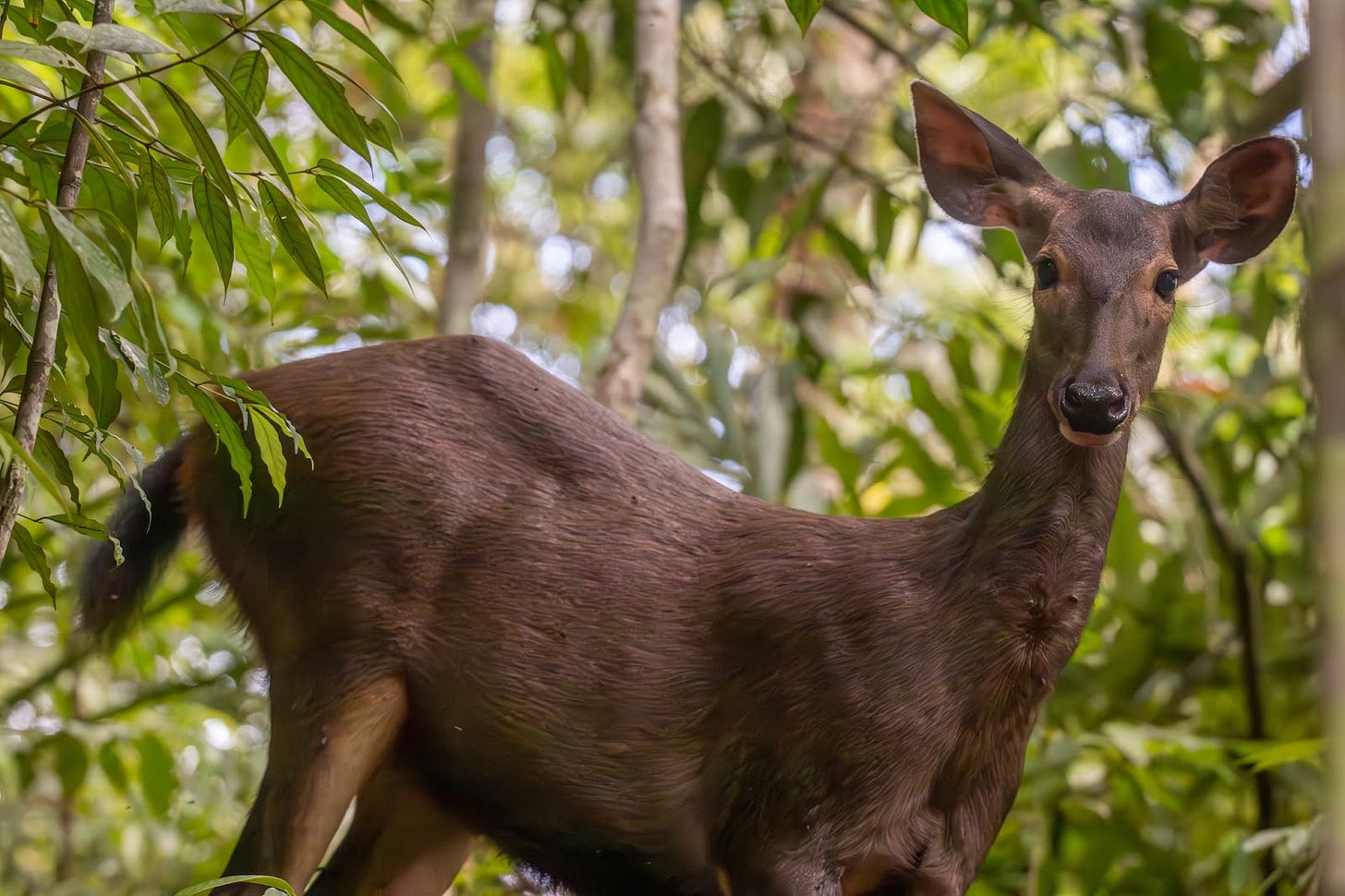
Another reminder comes from Sumatra’s tropical forests. The Sumatran tiger (Panthera tigris sumatrae) was listed as Critically Endangered on the IUCN Red List in 2008. At the time, the population was estimated at 441–679 individuals [PDF]. In the past, ecologists have looked to the tiger as an indicator of broader forest health. However, research published in 2024 revealed the sambar deer (Rusa unicolor) to be a far better indicator of ecosystem health. Its presence was linked to greater species diversity and a broader range of ecological functions within the ecosystem.
This case study highlights a familiar human bias: we tend to favour the ‘charismatic’ species — the large, the beautiful, the rare — even when less glamorous creatures tell us more about how an ecosystem is really doing.
However, remedying this bias brings tension too. After all, there are similarities in selecting a species for its charisma and selecting a species for its utility. In both cases, we are deciding which species matter most, and by extension, which matter least. If we protect a frog because it signals clean water, does that mean we overlook a frog whose role we don’t yet understand? Does function define worth?
When selected with care, indicator species can be powerful tools for scientists, policy-makers and landholders alike — but we need to take caution not to equate utility with worth. Every species, regardless of what it indicates, is worth protecting.
